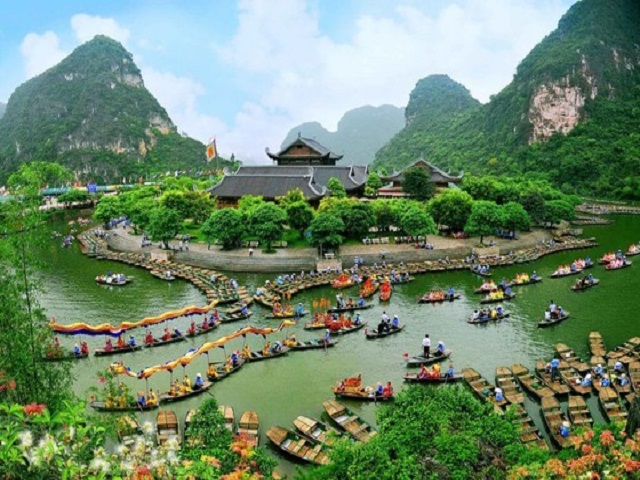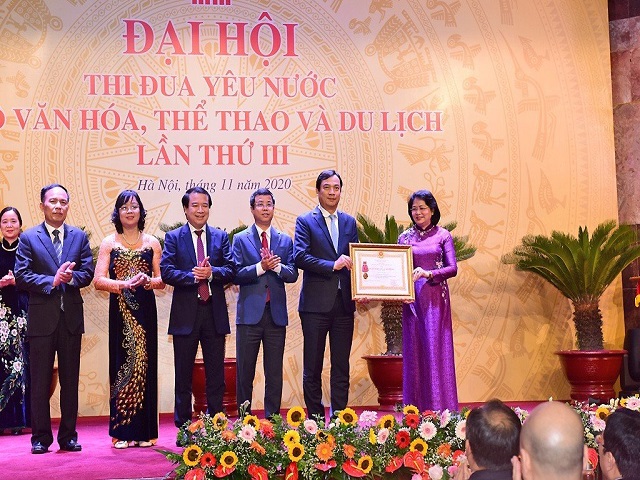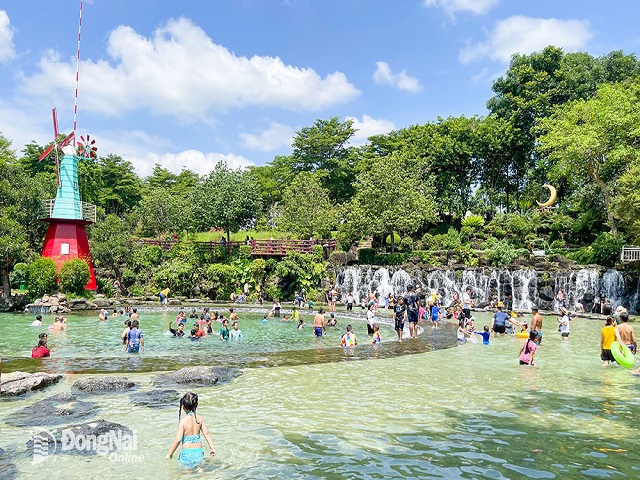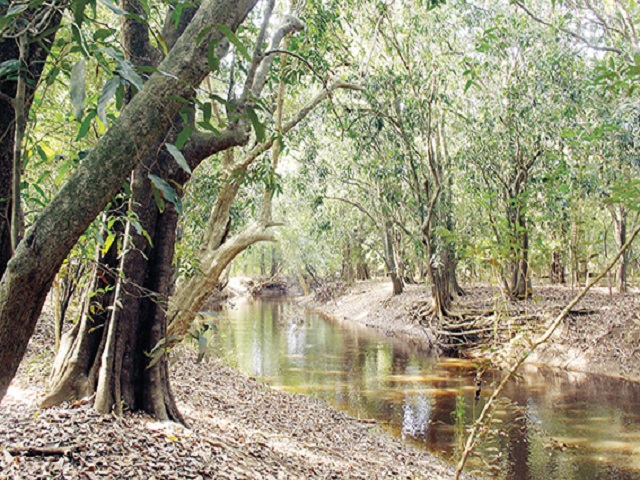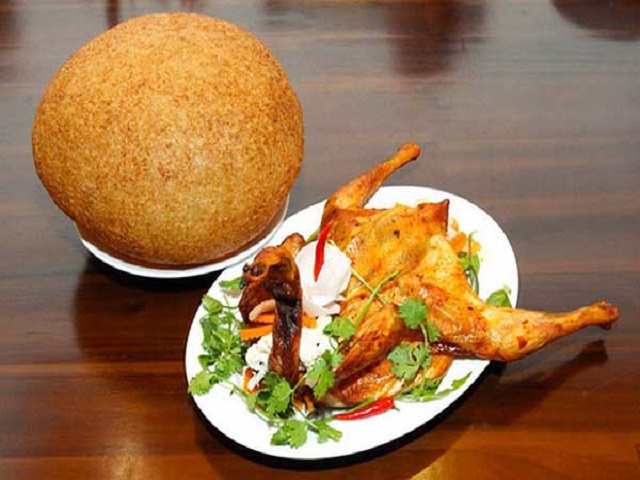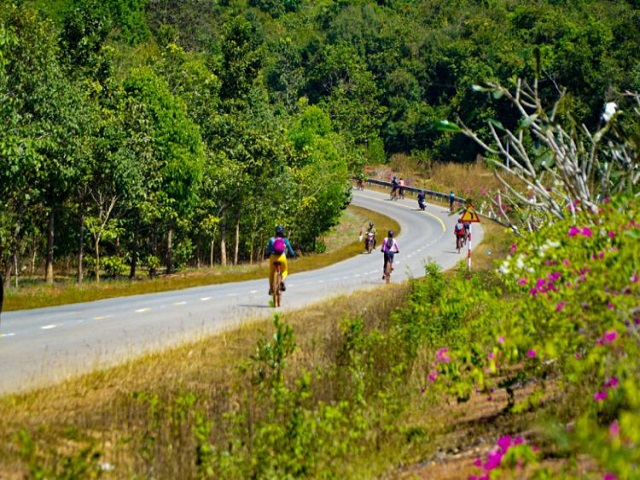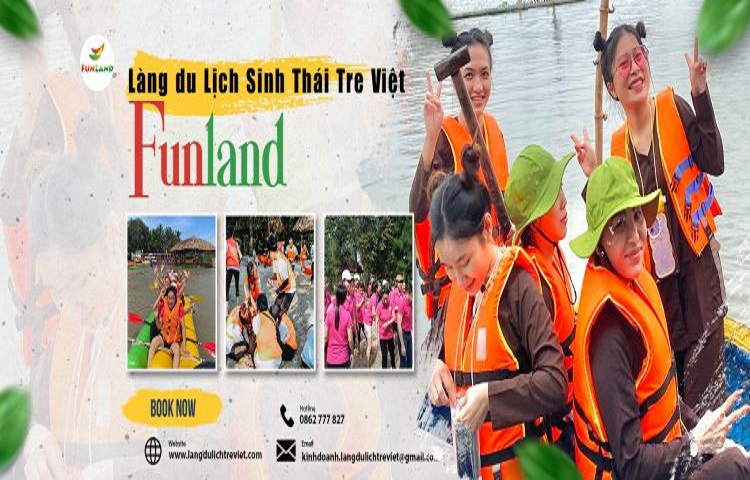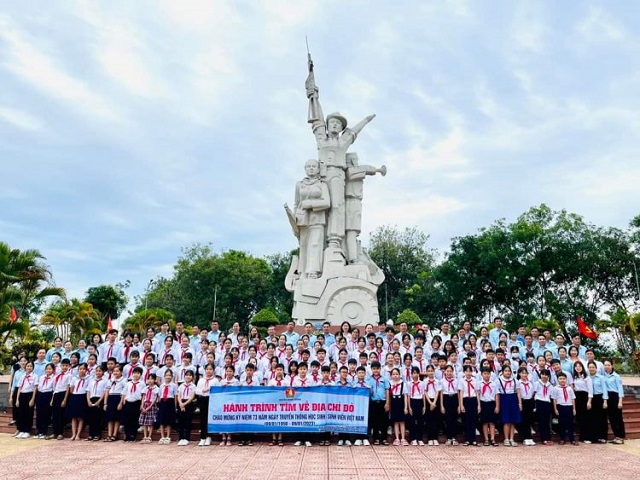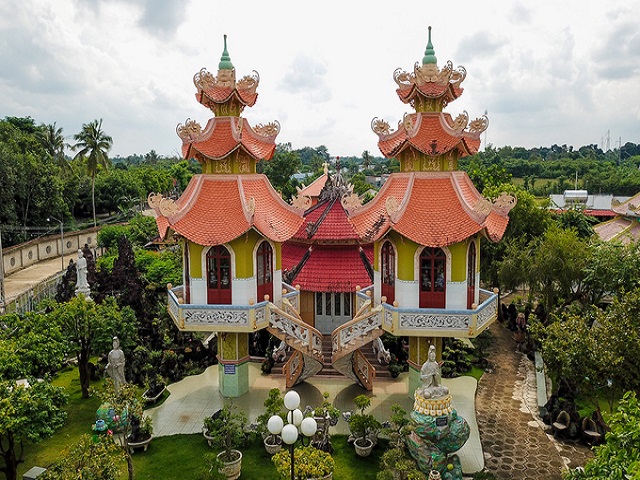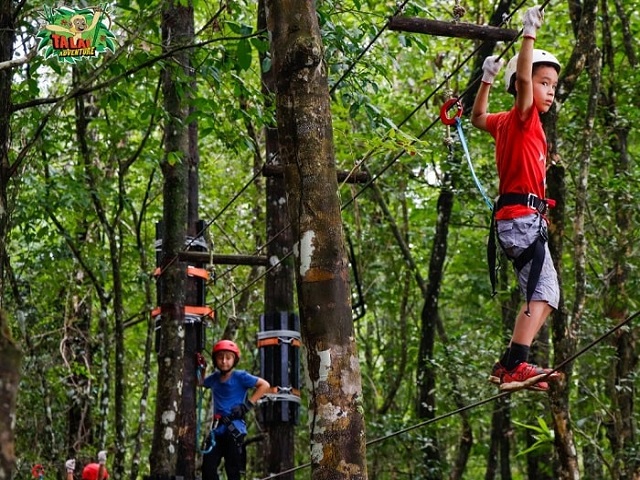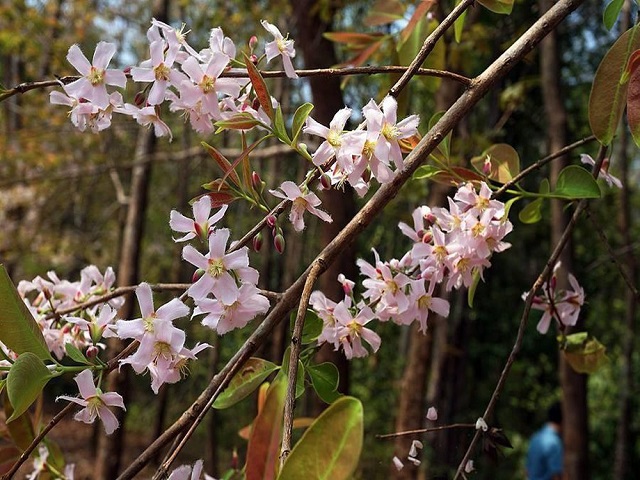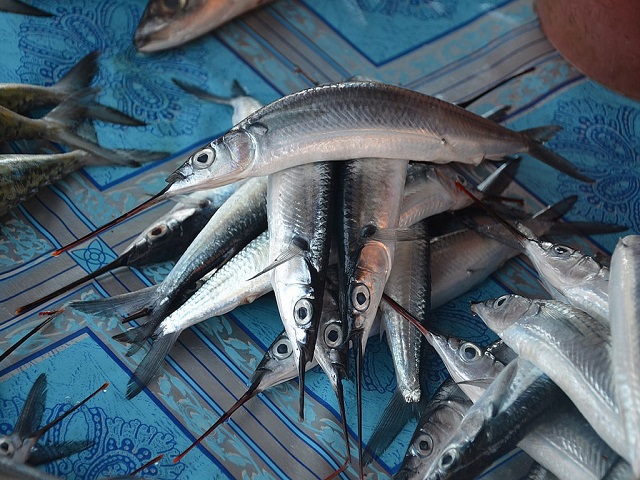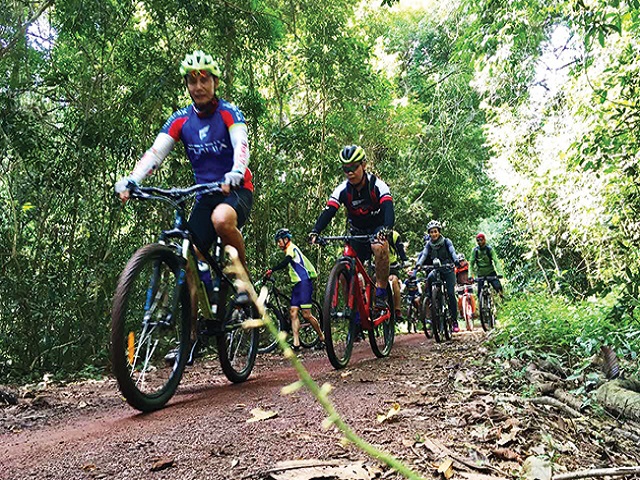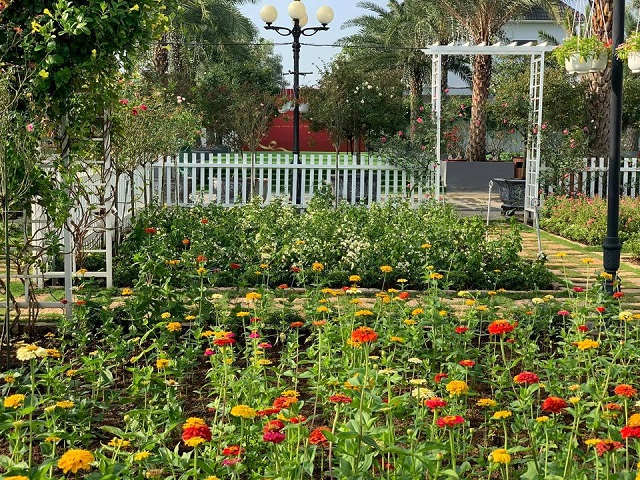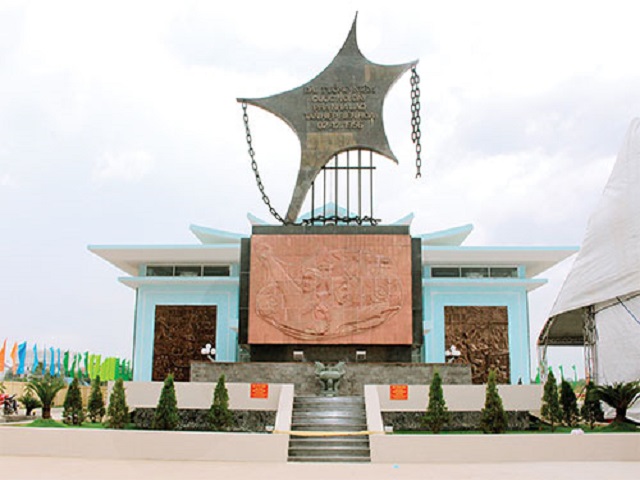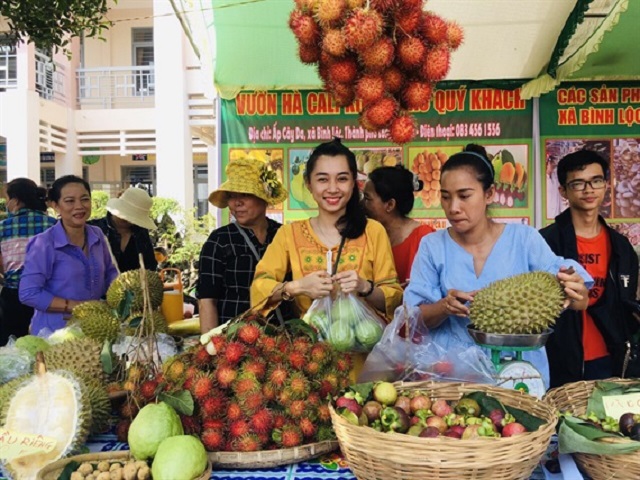X
Each ethnic group shows its different dances, creating richness and diversity. The Chơro traditional dances are simple and easy to perform such as: hands raised to shoulder height, wrists rolled in, rolled out, footsteps are rhythmically combined ... In Dong Nai, folk dance is used. widely in community activities, especially on festivals and Tet holidays of ethnic minorities such as: worshiping the Mountain God, the Choro God; The Tay and Nung people go to the fields at the beginning of the new year.
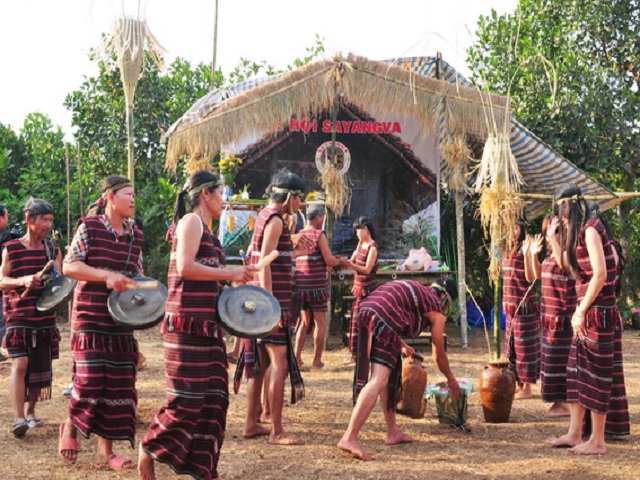
When entering the festival, people go in circles, dancing and singing until the music ends. The dance of the Ma people is also quite unique, usually there are 3 types: daily dance (flower dance, bird dance ...), labor dance (rice plucking dance, vegetable picking dance ...) and religious dance (ceremony dance buffalo stabbing festival, festival to celebrate the sun god ...). For the Tay, Nung, Thai, and Muong ..., stall dance, xe dance are indispensable folk dances in the early spring festivals. These dances are very natural, easy to learn and perform so anyone can participate, regardless of old, young, or girl. On festivals, people gather all over the hamlets and neighborhoods, in the rumbling music, passionately perform traditional folk dances of their own people.
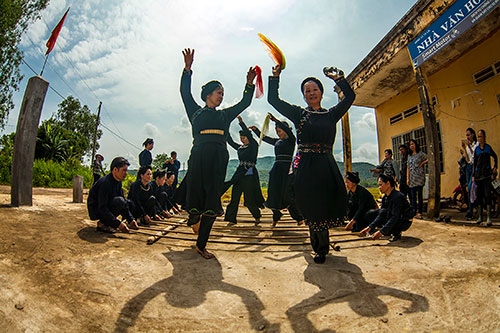
Currently, at the ethnic cultural houses in the province, there are separate groups of gongs and dances, mainly for local cultural activities. Many places have maintained and opened classes to teach gongs and dance to young people, especially pupils and students. Folk dance is an indispensable spiritual "dish" of the ethnic minorities from the past to the present. In order for folk dance to continue to be preserved and promoted, it is necessary to have the creativity of the profession and the joining hands of the whole community to preserve the cultural identity and connect the community.

DH

